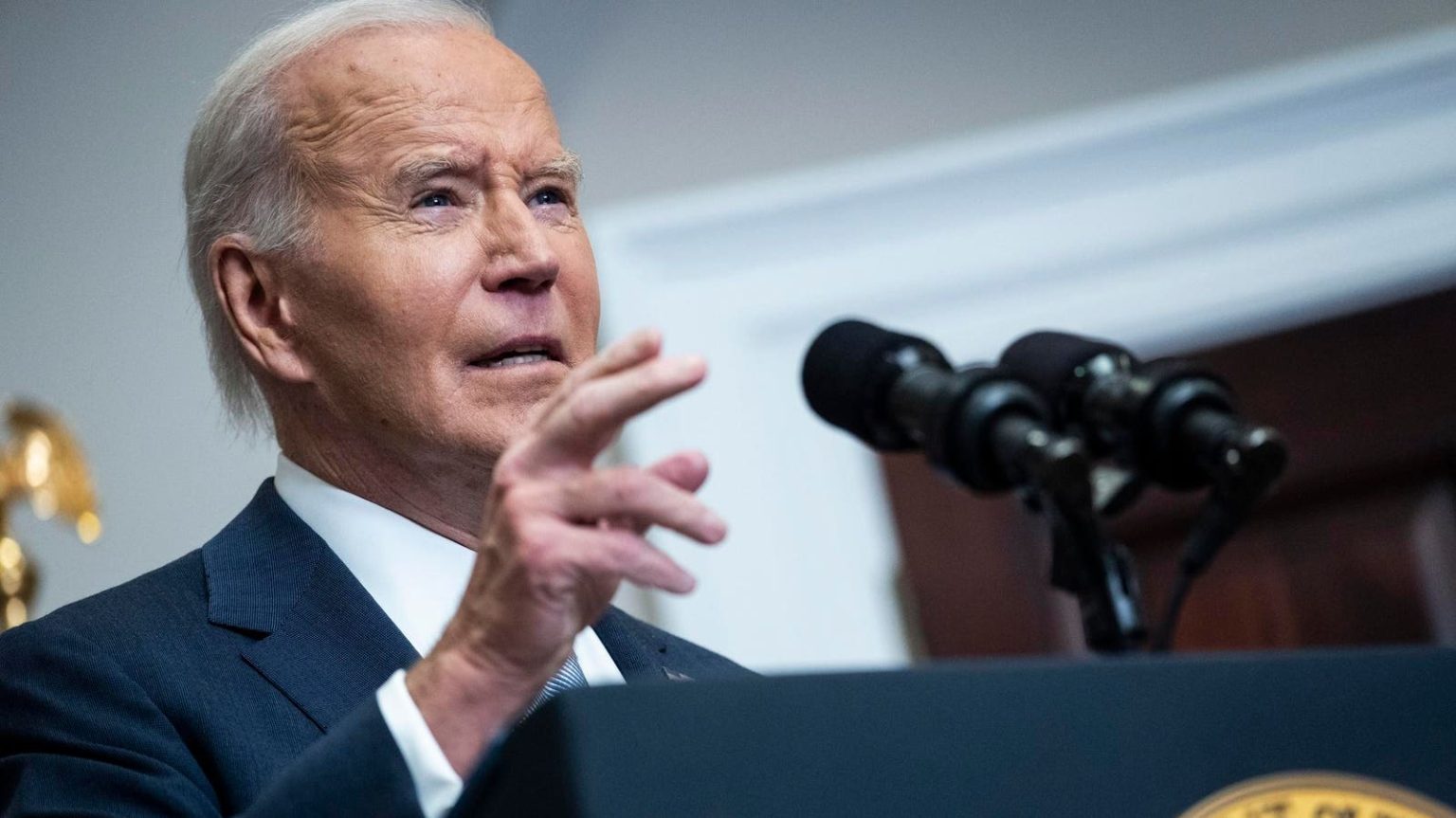The Biden administration is poised to reinstate two income-driven repayment (IDR) plans for federal student loans: Income-Contingent Repayment (ICR) and Pay As You Earn (PAYE). This move comes after legal challenges stalled the implementation of the Saving on a Valuable Education (SAVE) plan, leaving millions of borrowers in repayment limbo. While the revival of ICR and PAYE offers some relief, it also underscores the uncertain future of student loan forgiveness programs under a new political landscape.
The SAVE plan, designed to be the most borrower-friendly IDR option with reduced payments, generous interest subsidies, and faster forgiveness timelines, was halted by a court injunction. This legal roadblock has prevented borrowers from making qualifying payments towards loan forgiveness under various programs, including Public Service Loan Forgiveness (PSLF). With SAVE’s future uncertain and a likely repeal looming under the incoming Trump administration, the Biden administration’s move to resurrect ICR and PAYE aims to provide alternative pathways for borrowers seeking loan forgiveness. However, these older plans may not offer the same level of affordability and benefits as SAVE, leaving many borrowers facing higher monthly payments and longer repayment periods.
While ICR might seem like a less attractive option due to its higher costs and longer forgiveness timeline (25 years), it offers a crucial lifeline for specific borrower groups. Parent PLUS loan borrowers, typically ineligible for IDR plans, can access ICR after consolidating their loans. Moreover, borrowers with relatively small loan balances compared to their income who may not qualify for other IDR plans due to “partial financial hardship” requirements can utilize ICR to continue progressing towards forgiveness. This provision is particularly important for borrowers nearing the end of their forgiveness timelines under SAVE or PSLF who could otherwise lose their progress if SAVE is repealed.
The PAYE plan presents a more affordable alternative to ICR, offering lower monthly payments and a shorter 20-year forgiveness timeline. Although not as generous as SAVE, PAYE can still significantly reduce monthly burdens compared to standard repayment plans. However, PAYE’s eligibility criteria, including a partial financial hardship requirement and restrictions based on loan disbursement dates, limit its accessibility for some borrowers. For instance, borrowers with older loans or those who have consistently maintained a low loan balance relative to their income might not qualify. Despite these limitations, PAYE’s reinstatement offers a valuable option for eligible borrowers seeking manageable payments and a faster path to forgiveness.
The future of these reinstated plans remains uncertain, clouded by both legal and political uncertainties. The same legal challenges that derailed SAVE could threaten ICR and PAYE, potentially jeopardizing their loan forgiveness provisions. While payments made under these plans could still contribute towards forgiveness under other programs like IBR and PSLF (which are currently not under legal challenge), the prospect of losing the specific 20- or 25-year forgiveness timelines under ICR and PAYE creates significant anxiety for borrowers. Furthermore, the incoming Trump administration’s potential policy reversals add another layer of complexity, as they could halt the reinstatement of ICR and PAYE altogether.
The reintroduction of ICR and PAYE provides a temporary reprieve for borrowers navigating the turbulent waters of student loan repayment. While these plans offer some avenues for loan forgiveness, their long-term viability remains questionable. Borrowers should carefully evaluate their individual circumstances, including loan balances, income levels, and eligibility criteria, to determine the most suitable repayment strategy. The ongoing legal battles and the changing political climate necessitate a cautious approach, as the landscape of student loan forgiveness programs could undergo significant shifts in the coming months. It is crucial for borrowers to stay informed about potential changes and explore all available options to manage their student loan debt effectively.

